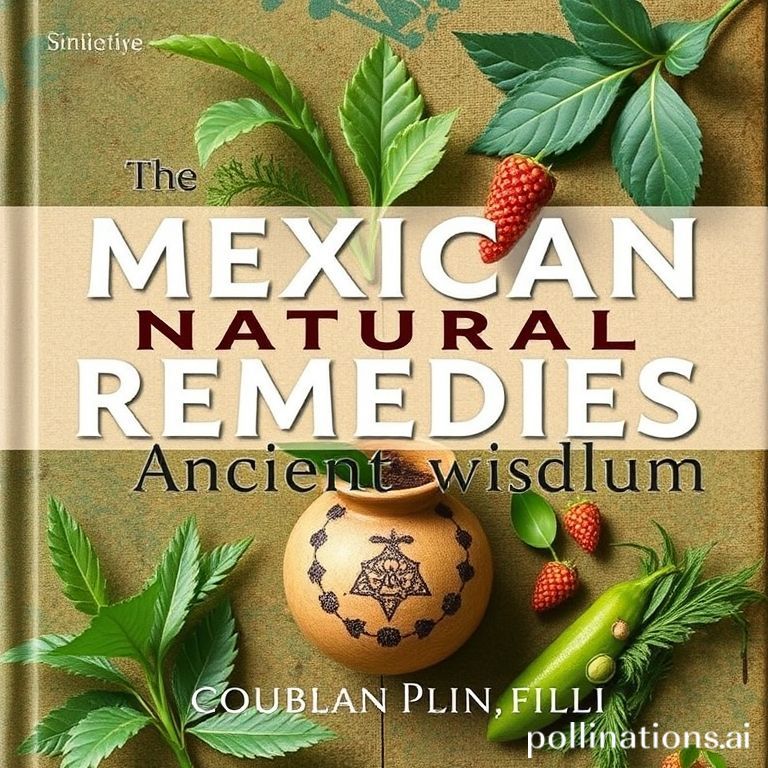Mexico, a land of vibrant culture and rich history, offers more than just beautiful landscapes and delicious cuisine. For centuries, its indigenous communities have nurtured a deep understanding of nature’s healing power. Passed down through generations, these traditional practices offer a unique approach to health and wellness, often utilizing readily available plants and ingredients. Let’s delve into the world of natural remedies from Mexican culture and discover the secrets they hold.
These remedies are deeply interwoven with the Mexican worldview, where physical and spiritual well-being are seen as interconnected. From soothing teas to potent herbal treatments, these practices provide a holistic approach to health, addressing not just the symptoms but also the underlying causes of ailments.
Common Mexican Herbal Remedies
Mexican culture boasts a diverse array of herbal remedies, each with its unique properties and applications. Here are some of the most well-known and widely used:
- Manzanilla (Chamomile): Known for its calming and anti-inflammatory properties, manzanilla tea is a popular remedy for anxiety, digestive issues, and insomnia. It’s gentle enough for children and a staple in many Mexican households.
- Hierbabuena (Spearmint): This refreshing herb is commonly used to relieve indigestion, nausea, and headaches. Chewing on fresh leaves or drinking hierbabuena tea can soothe the stomach and ease discomfort.
- Epazote: Often used in Mexican cuisine, epazote is also valued for its medicinal properties. It’s particularly effective in treating intestinal parasites and bloating.
- Aloe Vera (Sábila): The gel from the aloe vera plant is renowned for its soothing and healing properties. It’s used to treat burns, skin irritations, and minor wounds. In Mexico, it’s also consumed in juice form to promote digestive health.
- Arnica: This plant is widely used to reduce inflammation and pain associated with bruises, sprains, and muscle aches. Arnica creams and gels are readily available in Mexican pharmacies.
Traditional Mexican Healing Practices
Beyond herbal remedies, Mexican culture encompasses various traditional healing practices that are integral to its holistic approach to health.
Temazcal: The Sweat Lodge Ceremony
The temazcal is a traditional sweat lodge ceremony that has been practiced in Mexico for centuries. It involves entering a small, dome-shaped structure heated with hot stones. Water is poured onto the stones to create steam, which promotes detoxification, relaxation, and spiritual cleansing. The temazcal is believed to purify the body, mind, and spirit, fostering a sense of renewal and well-being.
Sobada: Traditional Massage
Sobada is a traditional form of massage that involves manipulating the body to realign bones, muscles, and tissues. It’s often used to treat musculoskeletal problems, such as back pain, sprains, and dislocations. A skilled sobador(a) can identify and address imbalances in the body, promoting healing and restoring proper function. This practice is often passed down through families, carrying with it generations of knowledge.
The Role of Curanderos
Curanderos are traditional healers who use a combination of herbal remedies, spiritual practices, and energy work to address a wide range of ailments. They are deeply respected members of their communities, often serving as counselors, advisors, and spiritual guides. Curanderos possess an extensive knowledge of medicinal plants and their uses, as well as a profound understanding of the interconnectedness of mind, body, and spirit.
Integrating Natural Remedies into Modern Life
While modern medicine plays a vital role in healthcare, many people are seeking complementary approaches that incorporate natural remedies. Mexican natural remedies offer a valuable resource for those looking to enhance their well-being and connect with the healing power of nature. These practices are not intended to replace conventional medical care, but rather to complement it, offering a holistic and personalized approach to health.
It is crucial to consult with a qualified healthcare professional before using any herbal remedy, especially if you have underlying health conditions or are taking medications. Additionally, it’s essential to source herbs from reputable suppliers to ensure their quality and safety.
Conclusion
The world of Mexican natural remedies offers a fascinating glimpse into a rich tradition of healing and wellness. From the soothing properties of chamomile to the transformative experience of the temazcal, these practices provide a holistic approach to health that honors the interconnectedness of mind, body, and spirit. By embracing these ancient wisdoms, we can cultivate a deeper connection with nature and unlock our own innate healing potential.
If you found this exploration of Mexican natural remedies insightful, share it with your friends and family and let’s spread the word about these amazing traditions!
IMAGE: A warmly lit kitchen scene in a traditional Mexican home. An elderly woman with kind eyes is preparing herbal tea, possibly chamomile or spearmint. She is surrounded by various dried herbs in clay pots. The scene evokes a sense of peace, tradition, and natural healing. Soft, diffused lighting enhances the cozy atmosphere. The style should be reminiscent of a documentary photograph with slightly desaturated colors.


